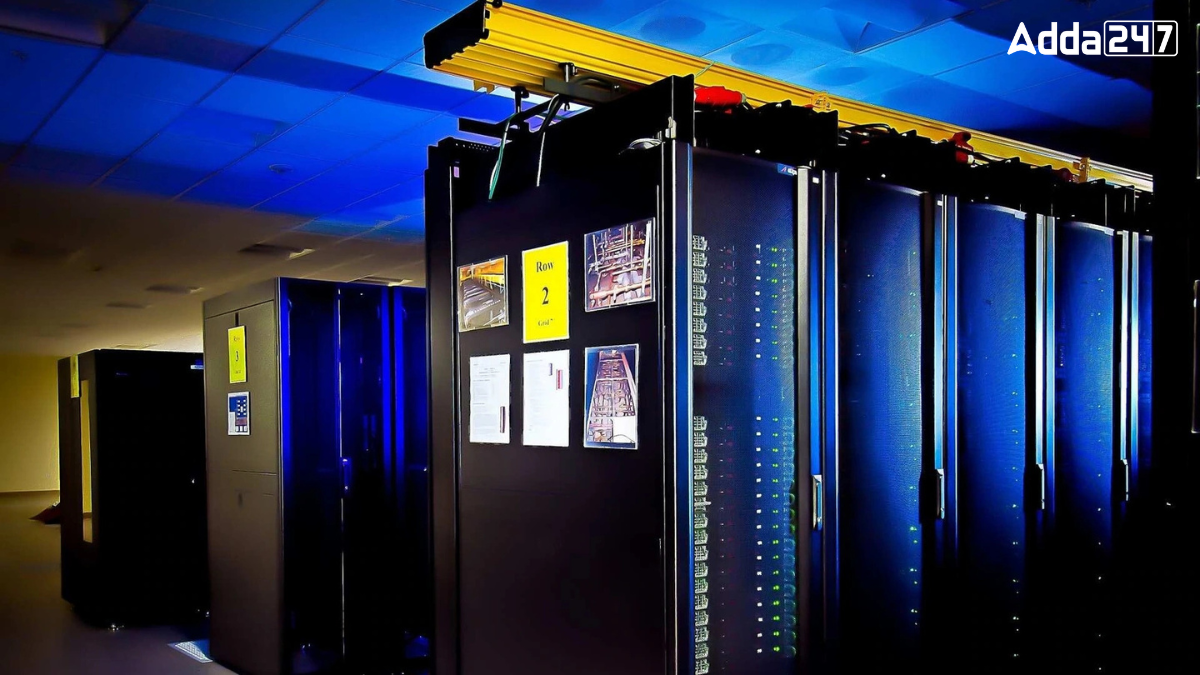Supercomputers are very powerful machines that can solve big and difficult problems much faster than normal computers. They are used in science, weather reports, space research and health studies. Every year, experts check which supercomputers are the fastest in the world. In this article, we will learn about the fastest supercomputer in the world and also look at the top-5 most powerful supercomputers in 2025.
History of Supercomputers
The journey of supercomputers started in the 1960s. One of the first was LARC, built for the US Navy to help with nuclear weapon designs.
Soon after, IBM made the IBM 7030, used by the Los Alamos National Laboratory. It was built in 1961 but didn’t meet the very high expectations.
Today, supercomputers are thousands of times more powerful than those early machines.
Top-5 Most Powerful Supercomputers in the World
Most powerful Supercomputers in the world are high-speed machines used for complex tasks like weather forecasting, space research and nuclear simulations. They show how fast and advanced technology has become today.
Here is the list of top-5 most powerful supercomputers in the world:
| Rank | Supercomputer Name | Vendor | Processor | GPU/ Accelerator | Interconnect | OS |
| 1. | EI Captain | HPE | AMD 4th Gen EPYC 24C 1.8GHz | AMD Instinct MI200A | Slingshot-11 | TOSS |
| 2. | Frontier | HPE | AMD Optimized 3rd Generation EPYC 64C 2GHz | AMD Instinct MI250x | Slingshot-11 | HPE Cray OS |
| 3. | Aurora | Intel | Xeon CPU Max 9470 52C 2.4GHz | Intel Data Center GPU Max | Slingshot-11 | – |
| 4. | Eagle | Microsoft Azure | Xeon Platinum 8480C 48C 2GHz | NVIDIA H100 | NVIDIA Infiniband NDR | – |
| 5. | HPC6 | HPE | AMD Optimized 3rd Generation EPYC 64C 2GHz | AMD Instinct MI250X | Slingshot-11 | RHEL 8.9 |
EI Captain, Fastest Supercomputer in the World
EI Captain is the world’s fastest supercomputer, located in California at the Lawrence Livermore National Laboratory. It started in November 2024 and can reach 1.742 exaFLOPS speed. Built by HPE, it uses AMD 4th Gen EPYC CPUs and MI300A GPUs. It helps the U.S. in nuclear security, artificial intelligence and advanced science research. Its special design combines CPU and GPU in one unit for faster, more efficient computing with over 11 million crores.
Frontier
Frontier is the second-fastest supercomputer in the world, placed at Oak Ridge National Laboratory, Tennessee. It became operational in August 2022 with a top speed of 1.4 exaFLOPS. This HPE Cray System uses AMD 64-crore CPUs and MI250X GPUs. It supports important research in climate change, energy, medicine and more. Frontier was also the world’s first verified exascale supercomputer, known for its powerful computing and advanced cooling system in 74 large racks.
Aurora
Aurora is the third-fastest supercomputing, working at Argonne National Laboratory in Illinois. It started in June 2023 and performs up to 1exaFLOP. This system was built by Intel using Xeon Mac CPUs and Data Center GPUs. Aurora covers the space of two basketball courts and weighs 600 tons. It helps in many science areas like nuclear fusion, brain studies and space research, using artificial intelligence and simulations for major discoveries.
Eagle
Eagle is the fourth-fastest supercomputer and runs on Microsoft Azure’s cloud platform. It became active in August 2023 and reaches a speed of 0.56 exaFLOPS. It uses Intel Xeon CPUs and NVIDIA H100 GPUs with powerful networking. Eagle is special because it isn’t in one place – it works across Microsoft data centers. It supports AI, machines learning and cloud research tasks, offering huge computing power for both business and scientific use.
HP26
HP26 is the fifth-fastest supercomputer, located in Italy at Eni’s Green Data Center. It launched in November 2024 and delivers 477.9 petaFLOPS. Built with AMD 3rd Gen EPYC CPUs and MI250X GPUs, it uses liquid cooling that removes 96% of heat. HP26 helps with energy projects, including CO² storage, better batteries and plasma research. It is Europe’s fastest supercomputer and plays a key role in supporting clean energy and technology development.




 Which is the Highest Desert in the World...
Which is the Highest Desert in the World...
 Who was Known as the Father of Modern Cu...
Who was Known as the Father of Modern Cu...
 Which Indian State has the Largest Waste...
Which Indian State has the Largest Waste...







